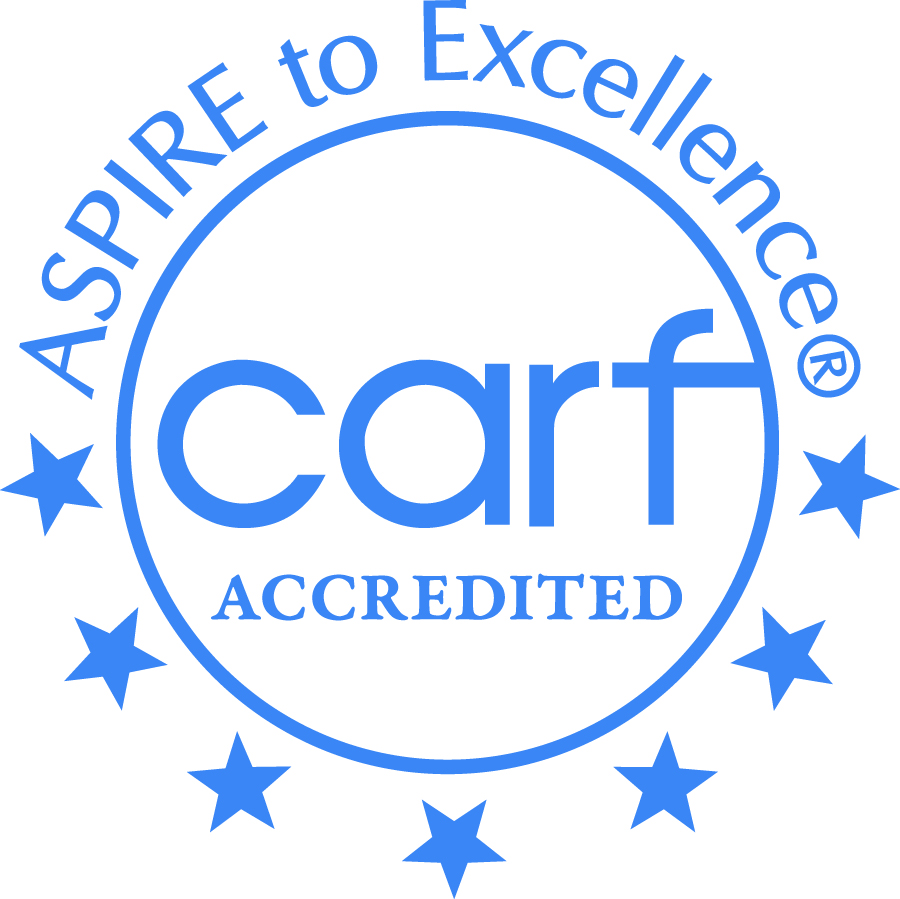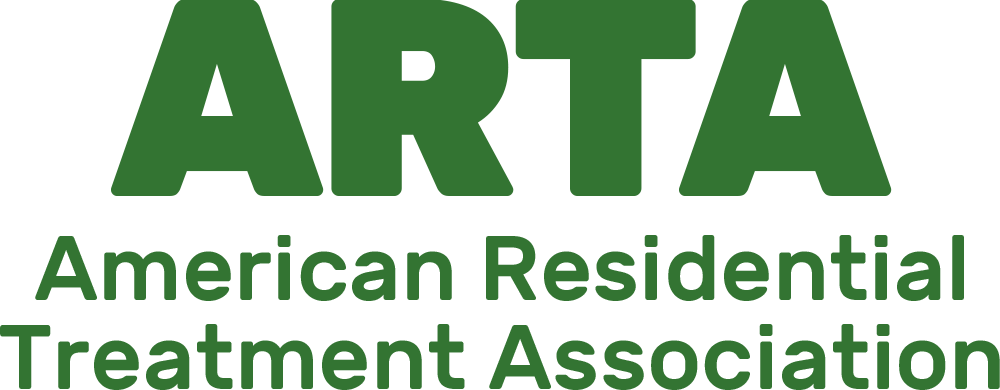
When I started working with SLR thirteen years ago, I loved the attention to clean living, useful and comprehensible work, community relations, and decent “slow food” diet. I loved the clear value that healing takes time, which was especially healing for me personally, after several years in hospital work, where we were pushed to maintain an average length of stay of six days.
The model seemed a bit quaint and archaic, a throwback to older times—but now the world of research is catching up with the Ranch! Noninvasive brain imaging shows us that brains, even in adults, can change under the right conditions. For example, trauma-based cognitive therapy can make the corpus callosum (the band of nerve fibers connecting the two halves of the brain) fatter and more active.
Antidepressants and talk therapy work in different ways in the brain, with more changes seen in the limbic system (the emotional brain) with medication, and more changes seen in the frontal cortex (the thinking/evaluative brain) with therapy.
Sugars contribute to obesity by keeping the reward circuits in the brain from “completing the loop,” leading to a feeling of satisfaction and thereby turning off appetite. This is quite similar to what happens in addiction. Diet is one of the foundations of mental health, from avoidance of refined sugars, especially high fructose corn syrup, to getting all the antioxidants available in slow food, to the importance of treating our gut biome well.
Now, about medicines: I see new developments, and new ways to use old medicines all the time. Some of these, I think “wow, what a great new idea!” Some of these, I think, “well that makes sense,” and some I think “everybody has known that for years, FDA indication or not.” Sometimes indications—especially for Bipolar Affective Disorder—are based on small, poorly controlled, short studies with only a placebo for comparison (never an older less expensive medication), so they can get the OK and get on with their advertising campaigns.
Now about “no medicines”: Some people show themselves capable of “doing the work of therapy” and others are not there yet. Some of those can get there by living a healthier life and getting the help they need to make better decisions. Others need that help permanently. Whether these differences are due to luck of the genetic draw, decisions affecting their brain health over time, occult head injuries, family dynamics, etc. have been discussed for the past 2,000 years or so.
Psychiatrists do the best we can, with the tools we have. My hope is always to have someone on just enough medicine to “clear the decks,” be able to connect with others, and be ready for therapy. I have seen some of my patients go from a pharmacy locker of medications down to zero, but my experience is this doesn’t often happen without a minimum of two years of COMPLETE sobriety, moderate caffeine, no tobacco, healthy relationships at home and work—and therapy. A place like SLR is a steppingstone in that direction for most, rather than a final destination!






